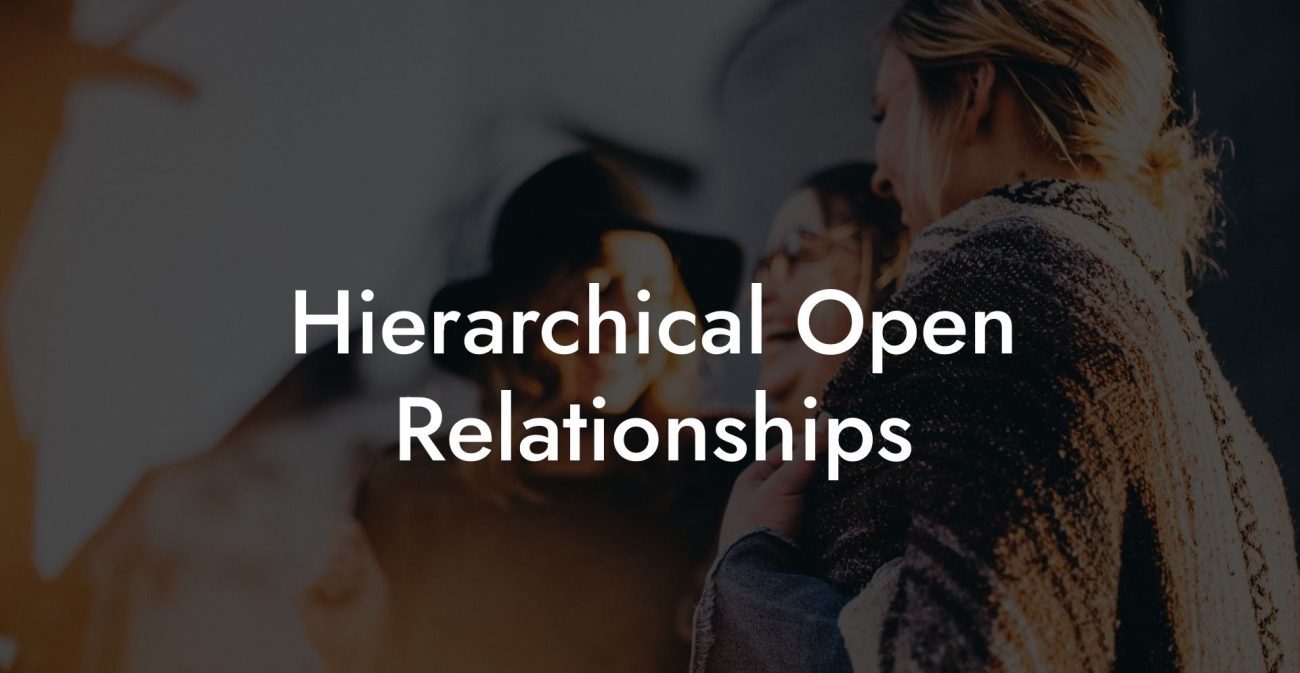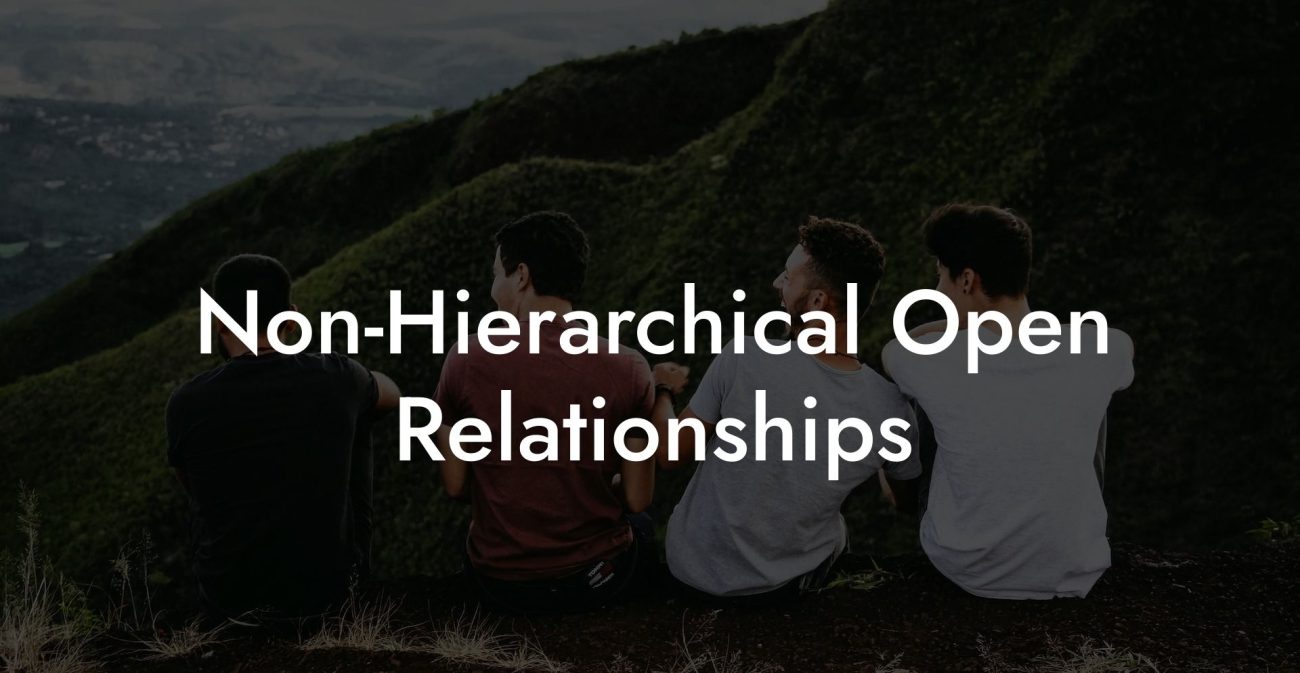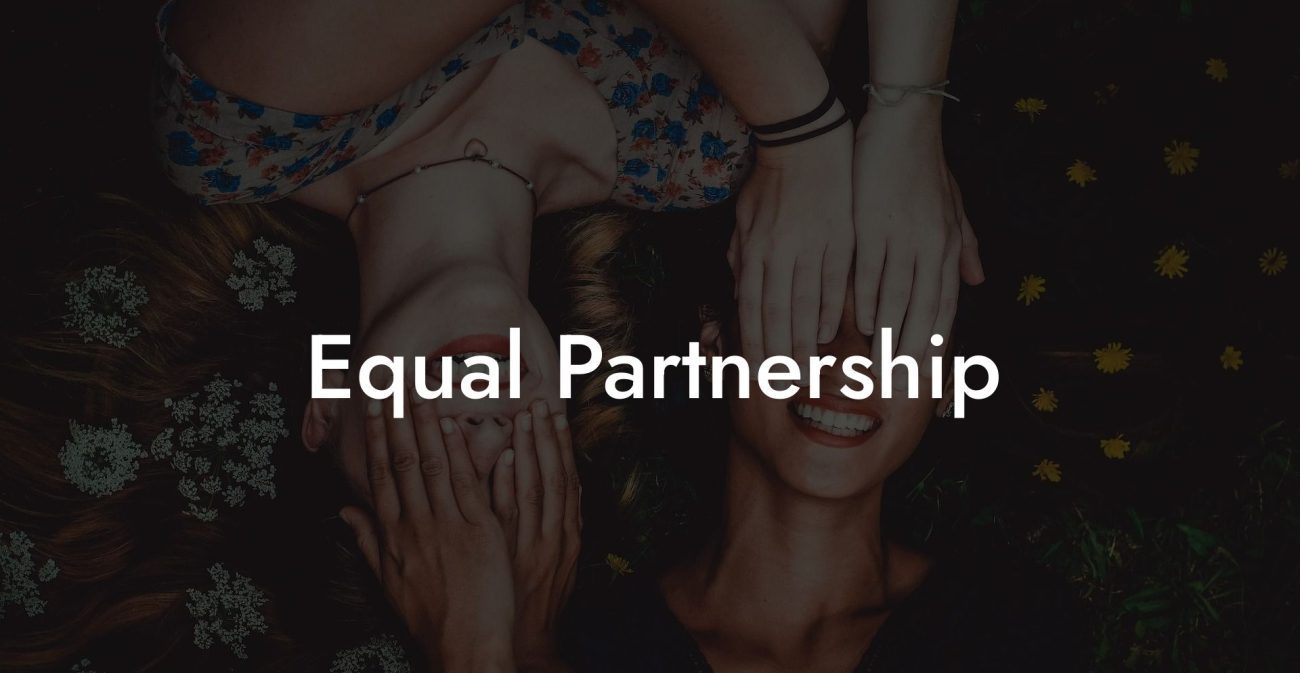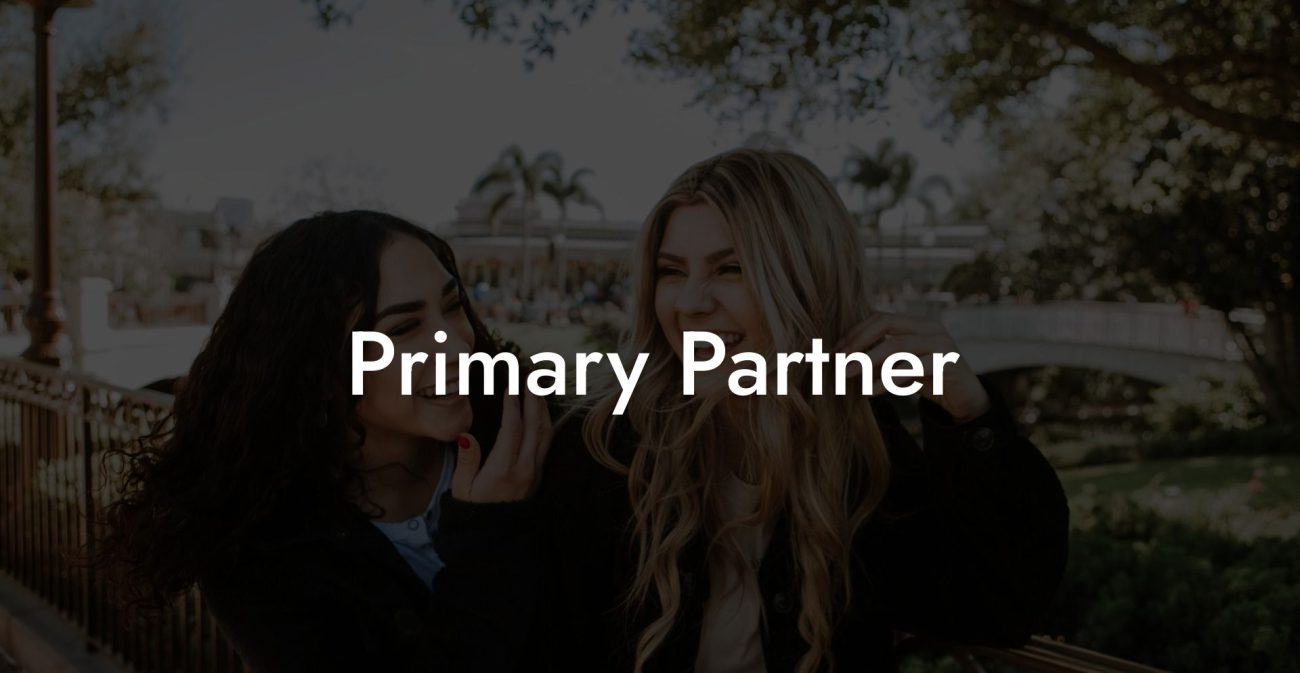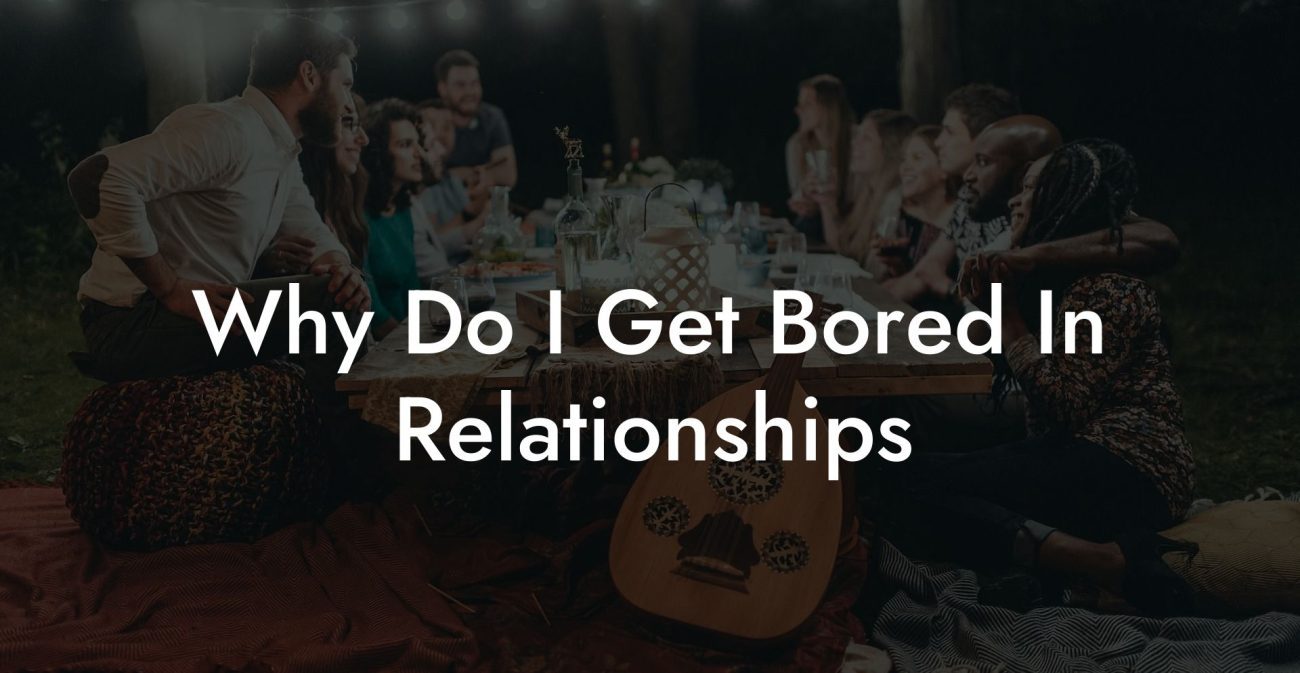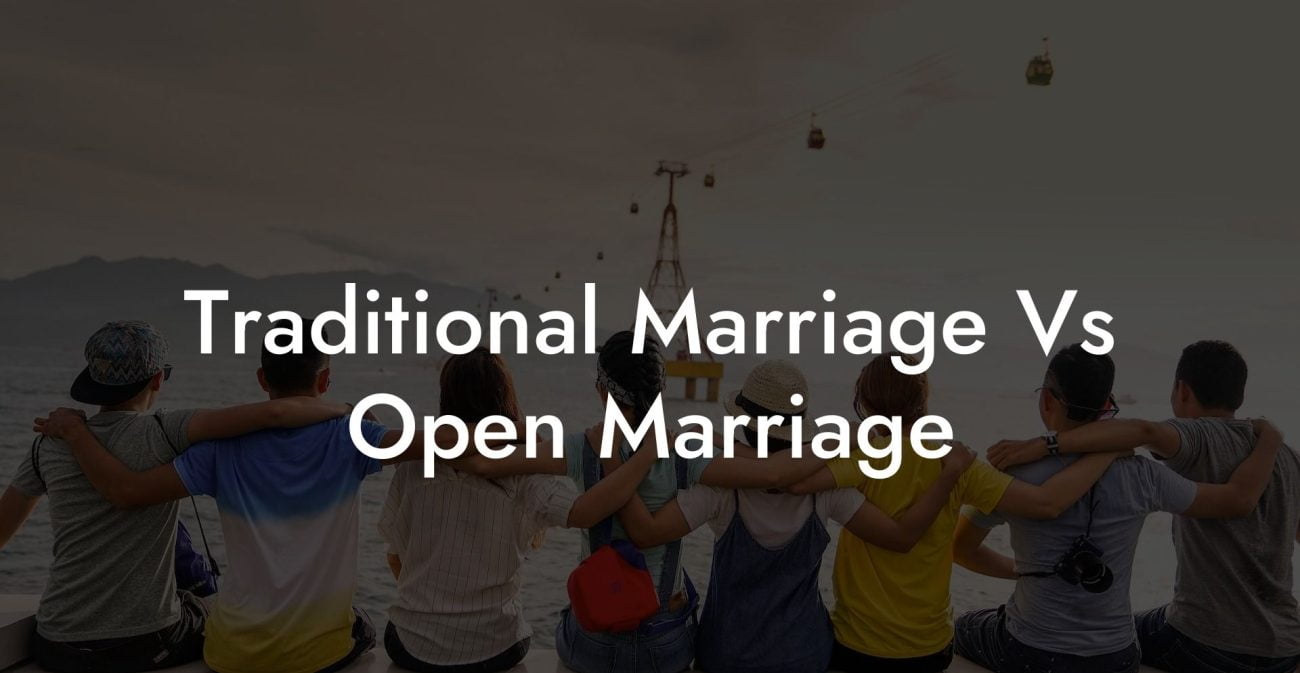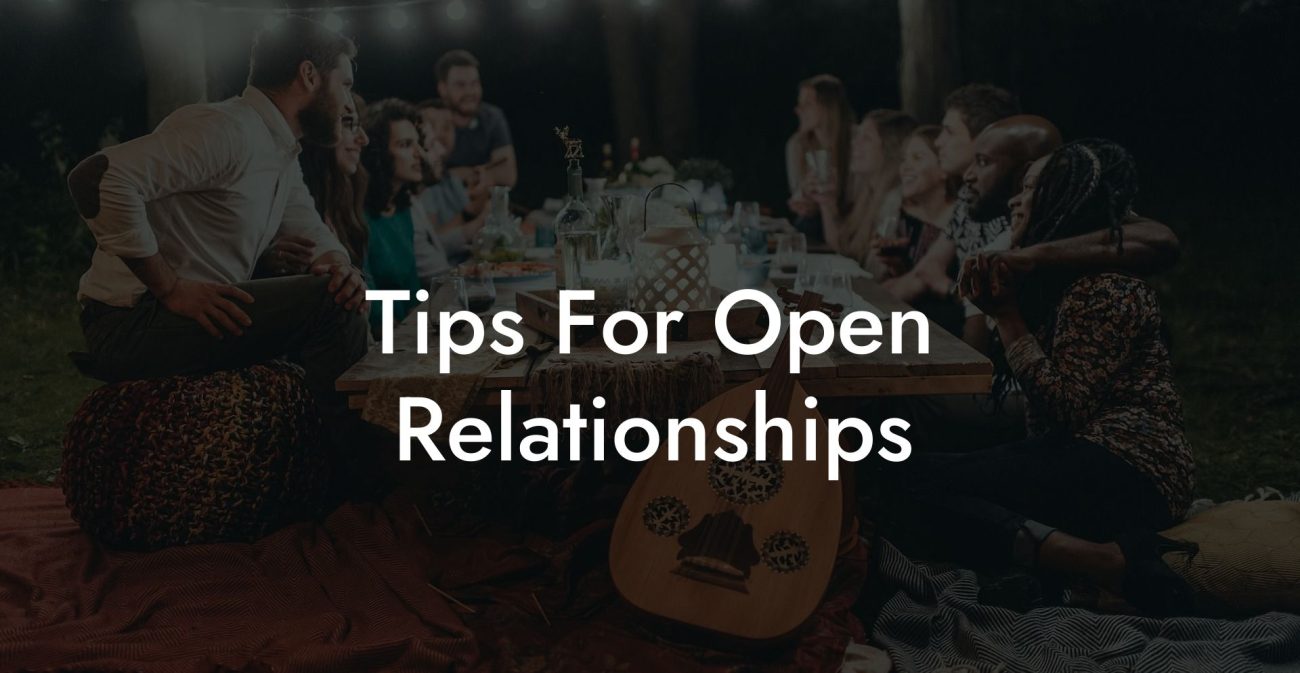Guide to Polyamory And Commitment Choosing
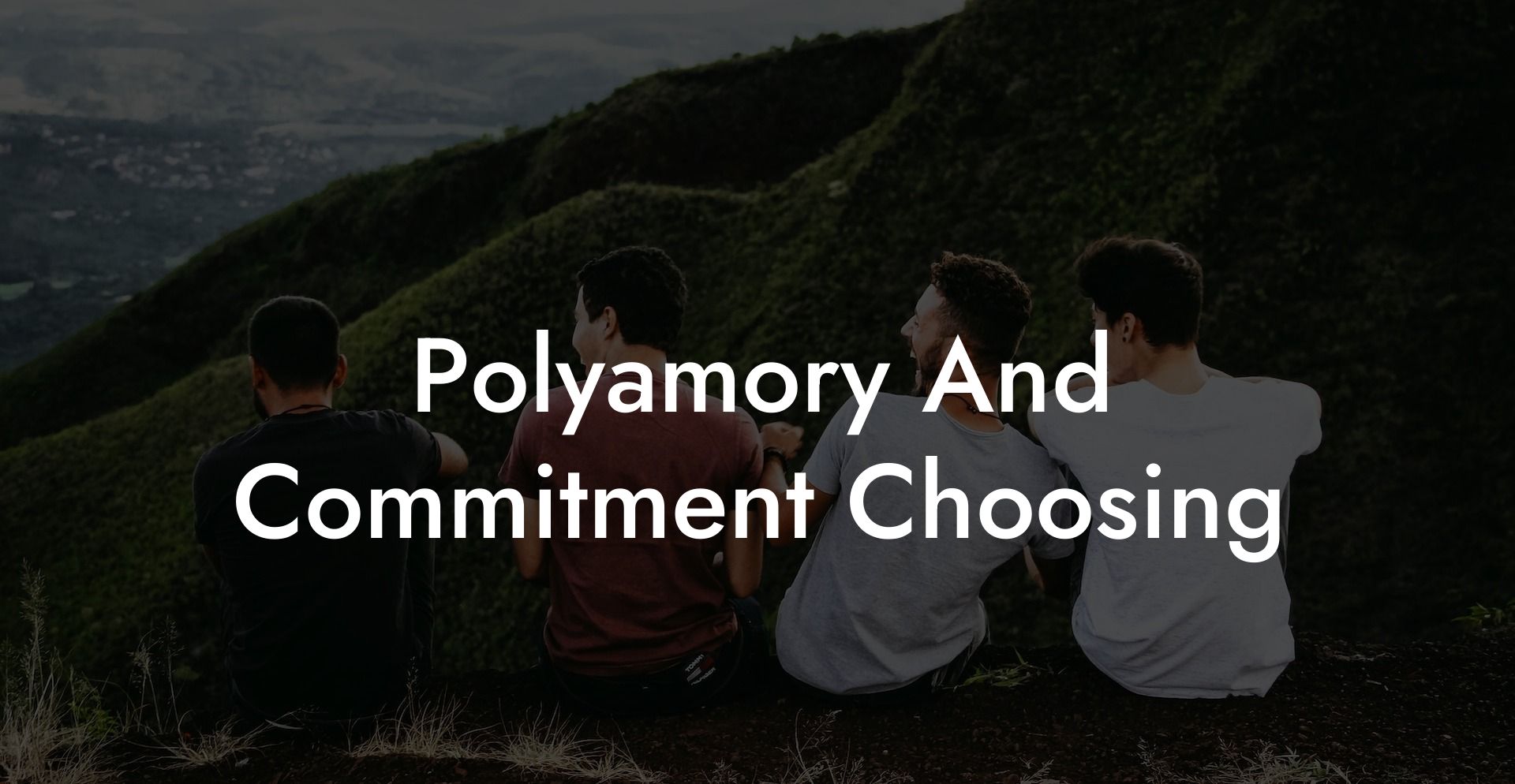
Imagine being the conductor of an orchestra where every instrument represents a unique, soulful connection, a symphony of love that refuses to be confined by a single melody. Welcome to the realm of polyamory and commitment choosing, where the art of selecting which relationships to invest deeply in is as dynamic and creative as composing a timeless masterpiece. This guide to polyamory and commitment choosing is not your average relationship manual, it’s an outrageous, mind-expanding journey into how you decide, negotiate, and celebrate commitment in a world where love knows no bounds.
Quick Links to Useful Sections
- Understanding Commitment in Polyamory
- Defining Commitment in a Polyamorous Context
- The Spectrum of Commitment Choices
- Exclusive vs. Flexible Commitment
- Why Commitment Choices Matter
- Self-Reflection: Knowing Your Heart and Mind
- Assessing Your Personal Values and Needs
- Recognizing Your boundaries
- Communication: The Bedrock of Commitment Choices
- Techniques for Effective Communication
- Establishing Clear Guidelines for Commitment
- Strategies for Balancing Multiple Commitments
- Prioritization and Time Management
- Conflict Resolution and Adaptability
- Real-Life Success Stories
- Case Study: Alex’s Journey to a Balanced Love Life
- Case Study: Casey’s Transformation Through Self-Reflection
- Expert Insights on Polyamory and Commitment Choosing
- FAQ: Your Polyamory and Commitment Choosing Questions Answered
Understanding Commitment in Polyamory
Defining Commitment in a Polyamorous Context
In traditional relationships, commitment often means exclusivity, a promise to focus your emotional and physical energy on one partner. In polyamory, however, commitment takes on many layers and shades. It might involve having a deeply bonded “primary” relationship while maintaining secondary or tertiary connections that are less intense but still meaningful. Commitment in polyamory isn’t about limiting love; it’s about choosing how, when, and with whom you invest your heart.
For some, commitment might mean an exclusive emotional bond, even if sexual relationships are shared with others. For others, commitment may be a flexible agreement that adapts to life’s changes. What remains constant is that every relationship is based on free, informed consent and ongoing, honest communication. The beauty, and the challenge, of polyamorous commitment is that it must be consciously chosen and continuously re-evaluated.
The Spectrum of Commitment Choices
Exclusive vs. Flexible Commitment
The first step in choosing your level of commitment is understanding that not all bonds are created equal. In some polyamorous relationships, one partner may be designated as the “emotional primary,” where a deep, exclusive bond is nurtured alongside other, less intense connections. In other relationships, commitment might be entirely flexible, allowing each connection to develop naturally without rigid hierarchies.
Exclusive commitment in polyamory is not about shutting out other relationships; rather, it’s a mutual decision to prioritize a particular bond. Conversely, a flexible commitment allows for a more fluid approach, where boundaries can shift over time. Both models have their advantages, and the choice often depends on your personal needs, life circumstances, and the unique dynamics between you and your partners.
Why Commitment Choices Matter
The decisions you make about commitment shape your entire relationship ecosystem. They influence how much time and energy you invest, the degree of intimacy you share, and how conflicts are resolved. Being deliberate about your commitment choices empowers you to design relationships that align with your values and aspirations. It also helps in setting clear expectations, reducing misunderstandings, and fostering a sense of security among all partners.
Self-Reflection: Knowing Your Heart and Mind
Assessing Your Personal Values and Needs
Before you can choose your level of commitment in a polyamorous context, it’s essential to engage in deep self-reflection. Ask yourself questions such as:
- What does commitment mean to me personally?
- How do I experience intimacy and emotional fulfillment?
- What are my non-negotiables when it comes to trust and communication?
- How much time and energy can I realistically devote to each relationship?
- What fears or insecurities do I have around sharing my love?
Journaling your thoughts, discussing them with trusted friends or a therapist, and even meditating on these questions can help you clarify your values and emotional needs. Understanding yourself deeply is the cornerstone of making informed, confident commitment choices.
Recognizing Your boundaries
Boundaries are the invisible lines that define what is acceptable and what isn’t in your relationships. They can be emotional, physical, or even logistical (such as time management). Being clear about your boundaries not only protects your well-being but also provides a framework within which your relationships can flourish. Write down your personal boundaries and discuss them openly with your partners. Over time, these boundaries might evolve, and that’s perfectly natural. The key is to maintain open lines of communication and to honor your own limits.
Communication: The Bedrock of Commitment Choices
Techniques for Effective Communication
In the polyamorous landscape, effective communication is non-negotiable. Here are some strategies to help you express your needs and negotiate commitment:
- Use "I" Statements: Express your feelings and needs by saying things like “I feel...” instead of “You never...” to prevent defensive responses.
- Active Listening: Practice listening without interrupting. Reflect back what you’ve heard to ensure clarity.
- Regular Check-Ins: Set aside dedicated time, such as weekly or monthly meetings, to discuss how you’re feeling, any changes in your needs, and to renegotiate boundaries.
- Non-Verbal Cues: Pay attention to body language and tone of voice, as these often reveal unspoken concerns or emotions.
Establishing Clear Guidelines for Commitment
Once you’ve reflected on your personal values and practiced effective communication, the next step is to establish clear guidelines for your relationships. This process involves:
- Defining Commitment Levels: Decide whether you prefer exclusive, primary bonds or a more flexible, open approach. Discuss what each level means for all partners involved.
- Setting Time Commitments: Agree on how much quality time should be dedicated to each relationship. This might include specific date nights, regular weekend getaways, or daily check-ins.
- Clarifying Emotional Expectations: Outline what you expect from your relationships emotionally. This could include expectations around sharing feelings, providing support during tough times, or engaging in shared activities.
- Documenting Agreements: Consider creating a written or digital agreement that outlines these guidelines. This “relationship contract” isn’t legally binding, but it can serve as a reference point to remind everyone of the agreed-upon boundaries and expectations.
Strategies for Balancing Multiple Commitments
Prioritization and Time Management
Balancing multiple relationships requires effective time management and prioritization. Use digital tools like shared calendars and scheduling apps (for example, Google Calendar, Trello, or Notion) to coordinate your time. These tools can help you map out your commitments, ensuring that each relationship receives the attention it deserves without overloading your schedule.
Consider setting aside “dedicated time” for each partner, as well as “me time” to recharge and focus on your personal growth. A balanced schedule not only prevents burnout but also ensures that your relationships remain vibrant and fulfilling.
Conflict Resolution and Adaptability
Conflicts and misunderstandings are inevitable, especially when juggling multiple commitments. Developing effective conflict resolution strategies is key to maintaining healthy relationships. Techniques include:
- Mediation: Sometimes a neutral third party, such as a therapist or trusted friend, can help mediate difficult conversations.
- Scheduled Reviews: Regularly review your relationship agreements and boundaries with all partners. This proactive approach helps catch issues early before they escalate.
- Flexibility: Be prepared to adapt your commitments as life changes. What works today might need adjustment tomorrow, so stay open to renegotiating terms and boundaries as needed.
Real-Life Success Stories
Case Study: Alex’s Journey to a Balanced Love Life
Alex once felt overwhelmed by the demands of multiple relationships, struggling to find a balance between deep, primary connections and the vibrant energy of secondary bonds. After engaging in intensive self-reflection and enrolling in a polyamorous communication workshop, Alex began to reframe their approach to commitment. By using shared calendars, setting clear boundaries, and holding regular check-ins with each partner, Alex managed to create a schedule that honored every connection without sacrificing personal well-being. Today, Alex’s relationships are a testament to the power of deliberate commitment and effective communication.
Case Study: Casey’s Transformation Through Self-Reflection
Casey entered the poly scene with a desire for variety but soon realized that true fulfillment came from choosing where to invest deeper commitment. Through a process of journaling, therapy, and candid discussions with partners, Casey discovered a clearer vision of what commitment meant to them. By setting and revisiting personal boundaries and using “I” statements during communication, Casey was able to redefine the level of commitment in each relationship, leading to a more balanced and emotionally satisfying life.
Expert Insights on Polyamory and Commitment Choosing
Experts in non-monogamous relationships emphasize that the art of choosing commitment in polyamory is a continuous process of self-discovery and communication. Dr. Elena Rivera, a therapist specializing in polyamorous dynamics, states, “Commitment in polyamory is not about limiting love, it’s about consciously choosing how to invest your emotional energy in ways that honor your needs and those of your partners.”
Relationship coach Marcus Lee adds, “The key to thriving in polyamorous relationships is flexibility and honesty. When you approach commitment as a dynamic, evolving process, you create space for growth, intimacy, and personal empowerment.”
FAQ: Your Polyamory and Commitment Choosing Questions Answered
1. What does “commitment choosing” mean in a polyamorous context?
It refers to the process of consciously deciding how and where to invest your emotional and physical energy among multiple relationships, rather than defaulting to traditional exclusive commitment.
2. How can I determine the right level of commitment for each relationship?
Through self-reflection, honest communication, and regular check-ins with your partners, you can assess your needs and negotiate boundaries that feel comfortable for everyone involved.
3. Is it possible to have both a deep primary connection and other fulfilling relationships?
Yes, many people in polyamorous relationships find that they can maintain a deeply committed, primary bond while also enjoying the unique benefits of secondary or tertiary relationships.
4. How do I communicate my commitment needs without hurting my partners?
Use “I” statements to express your feelings and desires, and invite your partners to share theirs. Approach the conversation with empathy and openness, ensuring that everyone’s needs are heard and respected.
5. What if I’m unsure about how much commitment I want?
It’s normal to have uncertainty. Engage in self-reflection and consider seeking guidance from a therapist or relationship coach who specializes in polyamorous dynamics. Over time, your feelings may become clearer as you gain more experience.
6. Can commitment levels change over time?
Absolutely. As you and your partners evolve, so can your levels of commitment. Regularly revisiting your relationship agreements can help ensure that they continue to meet everyone’s needs.
7. How do digital tools help in managing commitment in polyamory?
Digital tools like shared calendars, scheduling apps, and relationship management platforms can help coordinate your time, set reminders for check-ins, and document agreed-upon boundaries, making it easier to balance multiple commitments.
8. What are the benefits of clearly defined commitment choices?
Clearly defined commitments lead to increased trust, better emotional balance, and more fulfilling relationships. They reduce misunderstandings and help each partner feel secure and valued.
9. How important is community support in navigating commitment in polyamory?
Community support is invaluable. Engaging with polyamorous forums, workshops, and social groups can provide practical advice, shared experiences, and emotional reassurance, which is essential for managing complex relationship dynamics.
10. Where can I find more resources on polyamory and commitment choosing?
Explore books like "The Ethical Slut" and "More Than Two", listen to podcasts such as “Multiamory,” and join online communities on Reddit and Facebook dedicated to polyamory for further insights and support.
Resources and Community Support: Your Next Steps in Polyamory and Commitment Choosing
- "The Ethical Slut" by Dossie Easton & Janet Hardy – A revolutionary book that explores the principles of ethical non-monogamy.
- "More Than Two" by Franklin Veaux & Eve Rickert – Provides practical guidance and personal insights on managing multiple relationships.
- Podcasts: "Multiamory" and other poly-focused shows offer expert advice and real-life stories about balancing commitment in polyamorous relationships.
- Online Communities: Join polyamory forums on Reddit (such as r/polyamory) and Facebook groups to connect with like-minded individuals.
- Workshops and Webinars: Look for live events and online courses that focus on communication, boundary-setting, and commitment in poly relationships.
- Therapy and Counseling: Consider speaking with a therapist or relationship coach experienced in polyamorous dynamics to gain personalized guidance and support.
Embracing polyamory and making thoughtful commitment choices is an ongoing, transformative journey. With the right mindset, effective communication, and a supportive community, you can create a rich, fulfilling tapestry of relationships that celebrates love in all its diverse and abundant forms.
Lost & confused by all of the terms, types and seemingly made up 3 letter acronyms?? We've got you. Check out our Ethnical Non-Monogamy Dictionary >>
Useful Interruption: Not sure which relationship vibe fits you best? Take our Relationship Test, it’ll give you the real insight into your natural relationship style. Then, dive into our binge-worthy guides (from the tried-and-true to the “wait, that’s a thing?”) and find the perfect relationship type for your life:
- Monogamy
- Open Relationships
- Ethical Non-Monogamy
- Solo Polyamory
- Non-Hierarchical Polyamory
- Hierarchical Polyamory
- Relationship Anarchy
- Swinging
Now back to the main article but yeah take the test...

